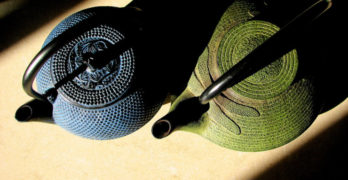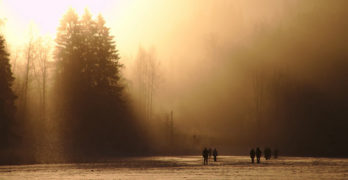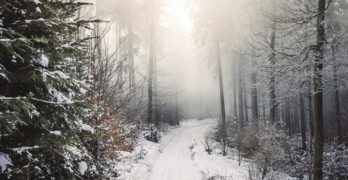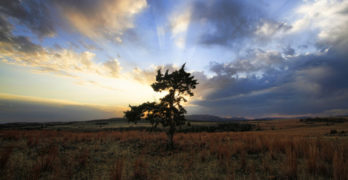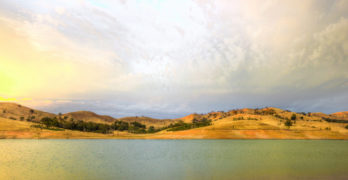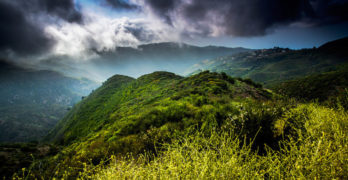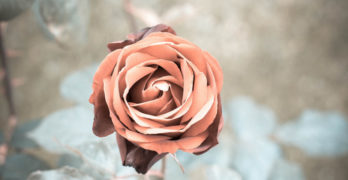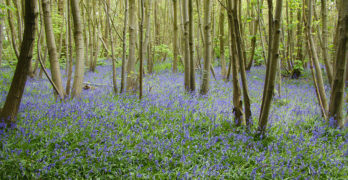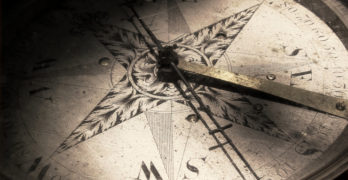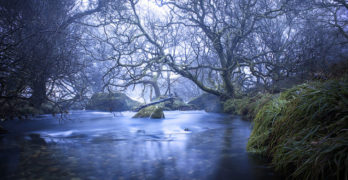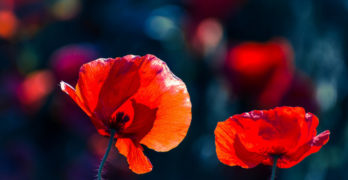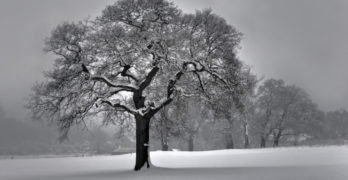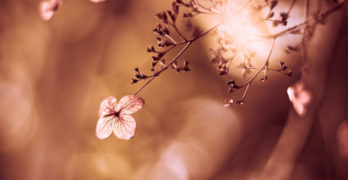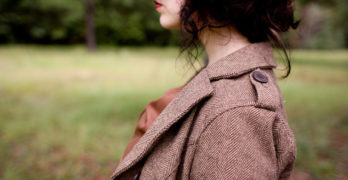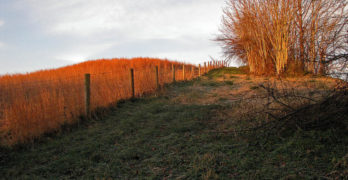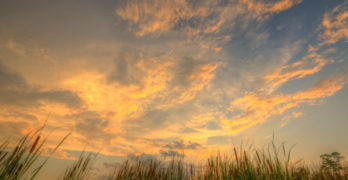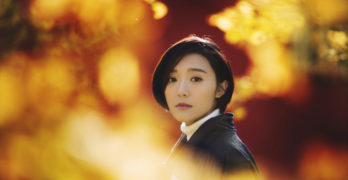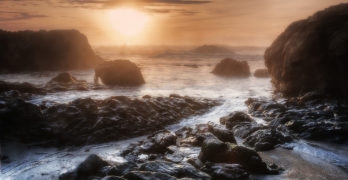The poems of “To Keep from Undressing” by Aisha Sharif tell the powerful story of a black woman and her Muslim faith in America.
National Book Award for Poetry: “Indecency” by Justin Phillip Reed
The poems of the 2018 National Book Award for Poetry Winner “Indecency” by Justin Phillip Reed are as haunting as the streets they come from.
Dylan Thomas, Christmas, New Orleans, and Me
Reading “A Child’s Christmas in Wales” by Dylan Thomas evokes memories of Christmases in New Orleans with family, friends, and Cherry Bounce.
Poets and Poems: James Matthew Wilson and “The Hanging God”
The poems of “The Hanging God” by James Matthew Wilson present an irresistible urge, almost a compulsion, to reread them to find new layers of meaning.
Poets and Poems: Matt Duggan and “A Season in Another World”
“A Season in Another World” by British poet Matt Duggan takes us on a journey steeped in legend, myth, fable, and fairy tale.
Poets and Poems: Luke Kennard and “Planet-Shaped Horse”
In “Planet-Shaped Horse” by British poet Luke Kennard, be prepared for fun-punched discoveries about words, language, ideas, and conventions.
Poets and Poems: Mary Karr and “Tropic of Squalor”
“Tropic of Squalor” by poet and memorist Mary Karr demonstrates Karr’s well-earned reputation for excellence in imagery and metaphor.
Poetry, World War I, and Armistice Day
World War I is the war most closely associated with poetry; poetry characterized the war, and the war changed poetry unlike any war before or since.
Poetry, Fiction, or What? “The Long Take” by Robin Robertson
“The Long Take” by British poet Robin Robertson, shortlisted for the 2018 Man Booker Prize, is a poetry book, a novel, and a noir movie.
Paul Kingsnorth: The Poetry of the Future Landscape
The poetry of Paul Kingsnorth is continually looking at the landscape, the landscape of the future superimposed on the landscape of the past.
Poets and Poems: David Whyte and “The Bell and the Blackbird”
“The Bell and the Blackbird,” the new poetry collection by David Whyte, is full of surprises but retains Whyte’s trademark simplicity and depth.
World War I: Mary Borden – Nurse, Novelist, Poet
American Mary Borden married a missionary, financed a hospital in World War I France, had an affair, published novels — and wrote poetry.
A Strangely Contemporary Verse Play: “Murder in the Cathedral” by T.S. Eliot
“Murder in the Cathedral” by T.S. Eliot, written and produced in 1935, was one of the last verse plays written for the stage. It is also oddly contemporary.
Marjorie Maddox and “Transplant, Transport, Transubstantiation”
The poems of “Transplant, Trnasport, Transubstantiation” by Marjorie Maddox take us to the world of change and loss, and what sustains us.
The Poets of Instagram: r.h. Sin and “I Hope This Reaches Her in Time”
The poets of Instagram are helping to revitalize the reading of poetry, and r.h. Sin is one of them. His new collection is “I Hope This Reaches Her in Time.”
Using Poetry to Reflect Upon the Civil War – Part 3: Walt Whitman
Walt Whitman celebrated the beginning of the Civil War, like many Americans on both sides. But as it dragged on, he — and his poetry — changed.
Poetry and Remembering the Civil War – Part 2: Robert Lowell
For generations, we’ve used the Civil War as a lens for viewing controversies. In his poem “For the Union Dead,” Robert Lowell considers the war — and a parking garage.
Poetry and Remembering the Civil War – Part 1: Allen Tate
The Civil War has long been used as a lens for interpreting, understanding, and advocating contemporary issues. So has the poetry about the Civil War.
The 2017 Walt Whitman Award: “Eye Level” by Jenny Xie
“Eye Level” by Jenny Xie, a collection of poems marked by spareness and precision, is the 2017 winner of the Walt Whitman Award.
Alan Seeger: The American Poet in World War I
One of the most famous poems to emerge from World War I was written by an American. Alan Seeger wrote “I Have a Rendezvous with Death” shortly before he died.
